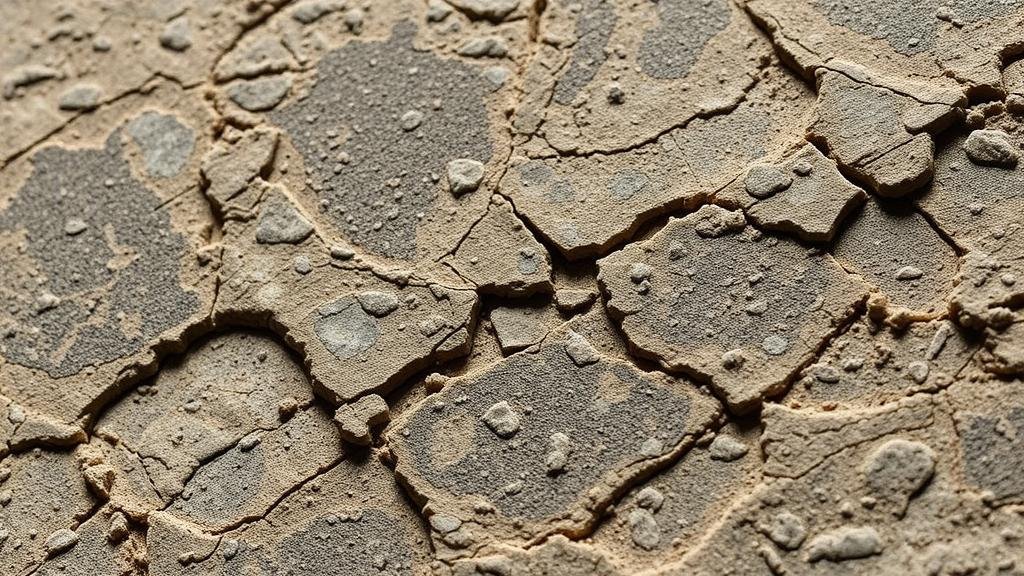Tracking Historical Earthquakes to Discover New Fossil Exposures
Tracking Historical Earthquakes to Discover New Fossil Exposures
Understanding geological formations and the fossil record is critical for both paleontology and geology. This research article explores how tracking historical earthquakes can reveal new fossil exposures, providing insights into past life on Earth and contributing to our understanding of geological processes. Earthquakes can shift sediments, expose previously buried formations, and help researchers uncover significant paleontological sites.
The Role of Earthquakes in Geological Formations
Earthquakes are sudden and rapid shaking of the ground that occur when stress along geological faults exceeds the strength of the rocks involved. This geological activity can lead to vertical and horizontal shifts in the Earth’s crust, altering the landscape and exposing previously hidden layers. In particular, the United States Geological Survey (USGS) notes that earthquakes frequently expose fossil beds that have been buried for millennia.
Case Studies of Earthquake-Induced Fossil Exposures
Several notable case studies illustrate how earthquakes have led to the discovery of important fossil sites.
- San Francisco Earthquake of 1906: This devastating earthquake, which registered a magnitude of 7.9, caused significant ground displacement. In the aftermath, paleontologists discovered well-preserved marine fossils in the Franciscan Complex, which previously had been inaccessible due to geological barriers.
- Chile Earthquake of 2010: Following this 8.8 magnitude seismic event, scientists found exposed layers of sediment rich in fossils along the coast of central Chile, leading to new insights into how marine life adapted to changing environmental conditions post-Eocene.
- Tohoku Earthquake of 2011: This earthquake in Japan not only resulted in a devastating tsunami but also uncovered ancient marine fossils along the affected coastal areas, prompting further studies into paleobiogeography.
Mechanisms Behind Fossil Exposure
Several geological processes contribute to fossil exposure during and after an earthquake, including:
- Uplift and Subsidence: Earth movements can lead to uplift of sedimentary rocks, bringing fossils to the surface.
- Soil Liquefaction: During earthquakes, water-saturated soil can lose strength and stiffness, causing buildings to sink and potentially unearthing buried fossils.
- Coastal Erosion: Post-earthquake landslides and tsunamis can erode coastal regions, revealing fossil beds that were previously submerged.
Statistical Evidence and Trends
Data from the USGS indicates that there are approximately 10,000 earthquakes globally each year. While not all of these result in significant geological changes or fossil exposures, research indicates that about 5% lead to notable discoveries in paleontological records. A study published in the journal Paleobiology illustrated that regions near active fault lines have a 20% higher likelihood of fossil discovery than areas further away.
Implications for Paleontology
This research has profound implications for the field of paleontology. Identifying new fossil exposures allows researchers to:
- Reconstruct past ecosystems: Analyzing fossil layers lets scientists understand historical climate conditions and ecological changes over time.
- Study evolutionary trends: Fossils provide clues about how species adapted or went extinct in response to environmental stresses.
- Enhance scientific collaboration: Geologists and paleontologists can work together following earthquakes to study the impacts and discover new sites.
Challenges and Considerations
While the correlation between earthquakes and fossil exposure can be advantageous for paleontologists, it also poses challenges:
- Destruction of Context: Earthquakes can disrupt the geological context of fossils, complicating their dating and significance.
- Access and Safety: Post-earthquake environments can be hazardous, limiting the ability of researchers to safely access newly exposed sites.
- Environmental Impact: The disturbance caused by earthquakes can lead to significant ecological changes that affect the preservation of newly discovered fossils.
Conclusion
Tracking historical earthquakes offers significant opportunities for uncovering new fossil exposures, contributing valuable data to paleontological research. While challenges exist, the revelations that arise from earthquake-induced fossil discoveries can greatly enhance our understanding of Earth’s biological history. By fostering collaboration between geologists and paleontologists, researchers can maximize the studying of these new sites to shed light on the dynamic interplay between geological activity and lifes evolution on Earth.
Actionable Takeaways
- Paleontologists should enhance their monitoring of seismic activity to capitalize on potential fossil discoveries.
- Establishing protocols for safe exploration of newly exposed fossil sites is essential for maximizing research potential.
- Collaboration between fields can foster innovative approaches to studying fossils exposed by geological events.


